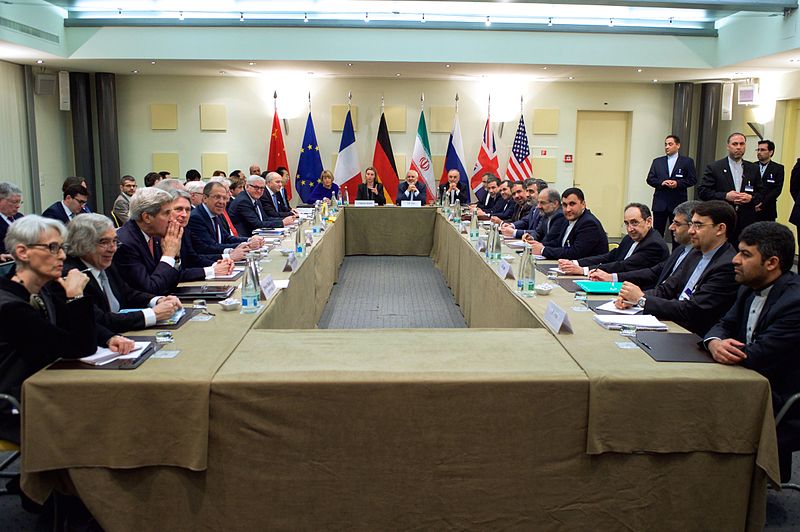Views expressed in opinion columns are the author’s own.
The beginning of April will mark two years since the announcement of the Iran Nuclear Deal between the P5+1 (the United States, the United Kingdom, Russia, France, China and Germany) and Iran. The deal, now known as the Joint Comprehensive Plan of Action, promised to lift sanctions on Iran in exchange for the dismantling of its nuclear weapons program. The deal was unanimously rejected by all the major Republican presidential candidates, and welcomed by all the Democratic presidential candidates, despite significant opposition to the deal from top senate Democrats like Senate Minority Leader Chuck Schumer.
However, even with this bipartisan criticism, the deal seems to have had positive effects for everyone directly and indirectly involved. The Middle East is more stable, the Iranian regime is farther away from attaining a nuclear weapon than at any time in the past of couple years and the Iranian people have been able to repair their economy.
Prior to the deal, sanctions had hurt the Iranian economy quite badly, and economic pressure undoubtedly brought them to the negotiating table. Since the easing of sanctions, Iran’s annual growth rate has risen 4.1 percent and the inflation rate decreased by almost 6 percent. This occurred even though oil is one of their main exports, and gas prices have been dropping dramatically. Furthermore, Iran now has relatively limited, but not negligible, access to nuclear energy. This has helped Iran grow and become more stable.
Israel, Saudi Arabia, the United States and other international and regional powers nervous about Iran’s nuclear weapon ambitions have seen Iran’s nuclear weapon capability diminish. Before the deal, it would have taken Iran less than three months to create a nuclear weapon, and there were few ways to monitor its nuclear capabilities. Under the current deal, it would take Iran at least a year to enrich enough uranium to build a weapon, if not longer. Additionally, Iran needs to allow experts from the International Atomic Energy Agency, an independent watchdog agency, to inspect all their facilities if they want to keep the sanctions from being reapplied. Furthermore, the deal involves disposing of more than two-thirds of all centrifuges, the elimination of all medium enriched uranium, and the dismantling and rebuilding of the Arak water reactor. All these demands, most of which have already been met, give the United States and its friends more options and time should Iran attempt to attain nuclear weapons. These stipulations make an Iranian push for nuclear weapons significantly harder, at least for the next 10 to 15 years.
One of the main criticisms of the deal was that countries would not “snapback” sanctions should Iran violate the terms of the agreement. However, Iran has yet to void the deal, as countries still maintain adequate incentive to quickly reapply sanctions if necessary. A stable Iran means a weaker ISIS and a more stable Middle East region. Should Iran begin to enrich uranium at nuclear weapon levels, countries would choose to either snap back sanctions or allow for a nuclear arms race in an already volatile Middle East, something no sane person or government would allow to happen. And even if sanctions would not work in deterring Iran from their nuclear weapon ambition, countries would have ample time to prepare and conduct a response, whatever that may entail.
The Iranian government remains a pressing issue for the United States and its allies. Iran is still one of the world’s largest state sponsors of terrorism, and displays dangerous rhetoric on a frequent basis. However, so far, the Iran Deal has resulted in an increase in stability in the region and has prevented a potentially catastrophic nuclear arms race.
Moshe Klein is a sophomore economics and government & politics major. He can be reached at mosheylklein@gmail.com.



